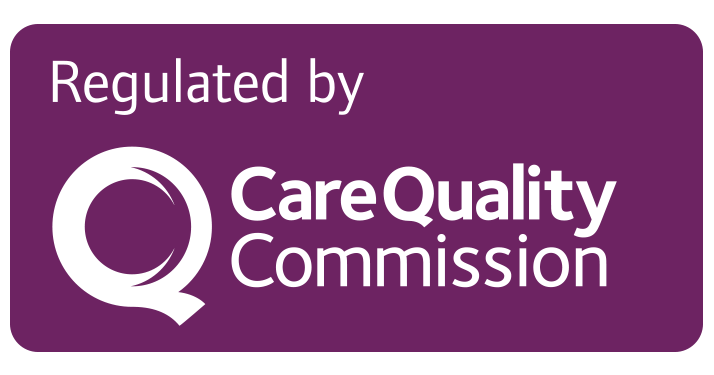Lingual Frenectomy
A lingual frenectomy is the removal of a band of tissue (‘lingual frenulum’) that connects the underside of the tongue with the floor of the mouth. It is a reliable and efficient procedure that improves tongue posture and mobility, as well as oral functions and communication, as it allows the tongue a wide range motion.
The tongue is an important organ that aids a person in speech and articulation. Proper positioning of the frenum enables a person to pronounce the alphabets properly and aids in phonetics. In some people, however, the frenulum is attached to the tip of the tongue, making its movements restricted or immobile.
Prior to surgery, our oral surgeon will explain the procedures involved, including risks, benefits and price. Patients may have their questions answered for understanding of frenectomy surgery before consenting to treatment.
Frenectomy procedures used to remove or alter the frenum may be with soft tissue laser or a dental scalpel. Laser frenectomy eliminates the need for stitches, reduces bleeding and allows for faster recovery. Frenectomy surgery duration is approximately half an hour and patients soon recover within a fortnight, dependent on the patient’s health condition and healing rate.
Risks and benefits of Lingual Frenectomy surgery:
As with any surgery, there are risks attached to Lingual Frenectomy. If you experience any of the below symptoms post-surgery, please contact us, immediately:
- Bleeding
- Bruising
- Infection
- Nerve damage
- Swelling
- Scarring
- Pain and discomfort
- The frenum tissue may redevelop requiring repeated surgery.
While risks are posed by frenectomy surgery, the benefits patients receive vastly enhance their quality of life. Lingual frenectomy enables individuals to experience better communication, life opportunities, and enhanced oral and overall health for better quality life. See also our Apisectomy service.


